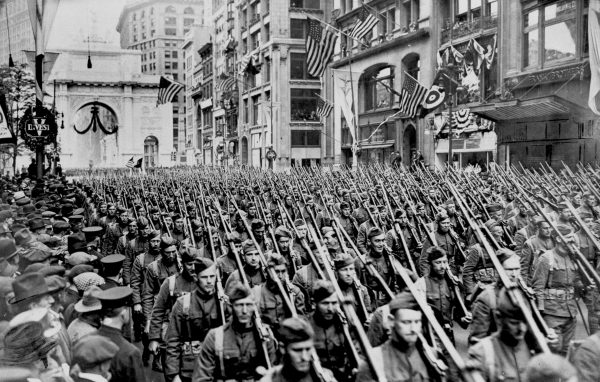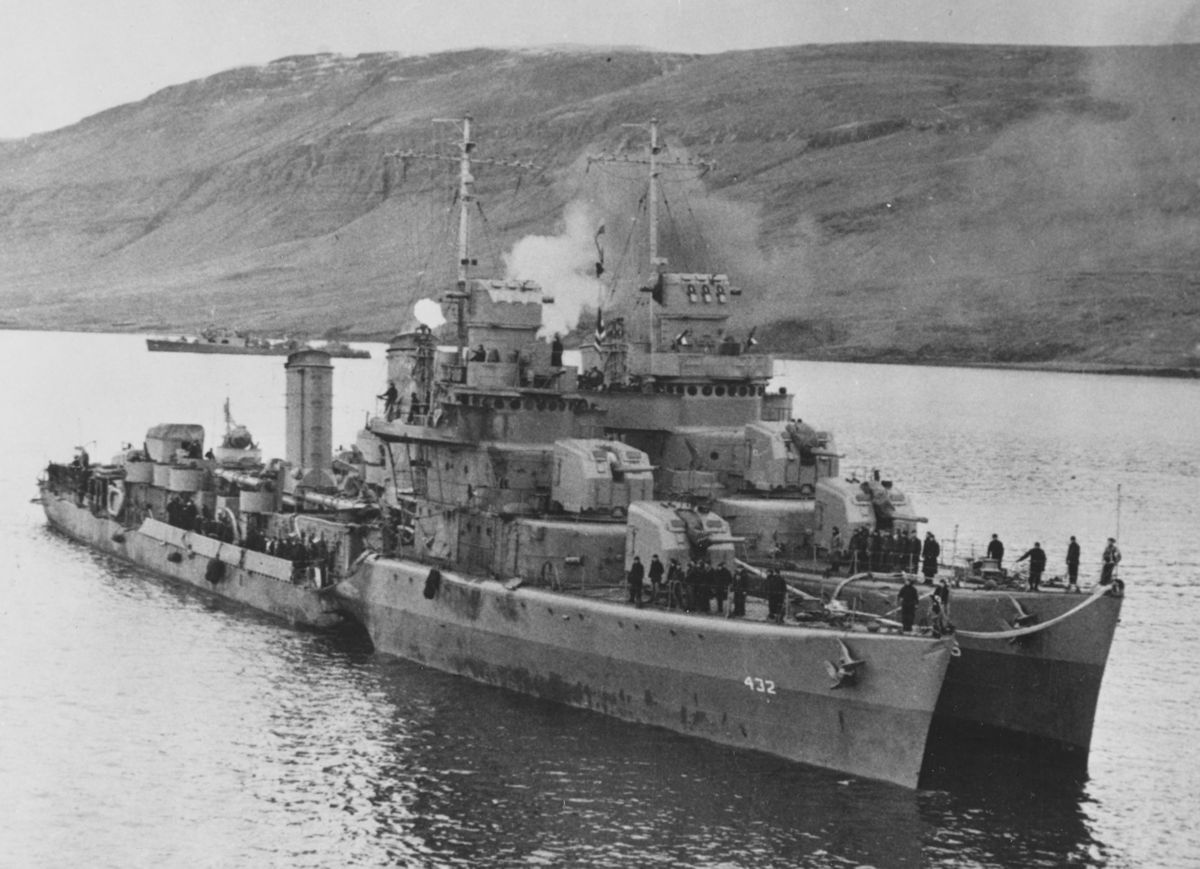October 7 in U.S. military history
1777: Continental forces under the command of Gen. Horatio Gates decisively defeat British forces under Gen. John “Gentleman Johnny” Burgoyne in the Second Battle of Saratoga (also known as the Battle of Bemis Heights).
According to the National Parks Service, “This crucial American victory renewed patriots’ hopes for independence, secured essential foreign recognition and support, and forever changed the face of the world.”
But the war is far from over.
1780: Three years to the day after Second Saratoga, patriot militia forces armed with rifles, knives, and tomahawks decisively defeat musket-armed Loyalist militia under the command of British Army Maj. Patrick Ferguson (who will be killed in the fighting) in the bloody Battle of King’s Mountain on the border between North and South Carolina.
Among the patriots is John Crockett, father of Davy Crockett.
1864: After the U.S. Navy has spent months chasing the Confederate raider USS Florida, the crew of the sloop-of-war USS Wachusett spots the enemy cruiser in Bahia, Brazil. Cmdr. Napoleon Collins illegally attacks Florida in the pre-dawn hours while the Confederate captain was ashore, ramming the enemy ship before opening fire. The Confederate lieutenant left in charge of the vessel surrenders to Collins, who tows the prize out of Bahia under fire from Brazilian coastal guns.
Upon his return to the United States, Collins is court-martialed (Florida was harbored in a neutral country), but the charges are dismissed. Florida, which captured 37 ships before falling into Federal hands, mysteriously sinks before she can be returned to the Brazilians and Collins goes on to become a rear admiral, commanding the South Pacific Fleet.
1918: Nearly two weeks into the Meuse-Argonne Offensive of World War I, the U.S. Army’s 82nd Division (destined to become the famed 82nd Airborne Division) battles its way toward — and successfully relieves — the now famous “Lost Battalion” (actually two battalions of the 308th Infantry Regiment, one company from the 307th Infantry Regiment, and two companies of the 306th Machine Gun Battalion), which had been surrounded during a German counterattack).
For days without blankets and overcoats, always running short of ammunition and medical supplies (the wounded often patched up with bloody bandages removed from the dead), and with little food and nearly no water; the “Lost Battalion” — under the command of Maj. Charles S. Whittlesey — had refused to surrender. Responding to a German surrender-demand, Whittlesey allegedly replied, “Go to hell!”
Whittlesey and two of his officers — Captains George McMurtry and Nelson Holderman — will receive the Medal of Honor.

1941 (Featured image): Although the United States has not yet entered the war, a German U-boat torpedoes USS Kearny (DD-432), killing 11 sailors — the first Naval casualties of World War II.
2001: Post 9/11 America goes on the offensive against terrorists when U.S. and allied forces launch a massive retaliatory air and naval strike against the Taliban and Osama bin Laden’s Al Qaeda network in Afghanistan.

Today’s post is in honor of CWO3 Bryan L. Ellis (USA) and Cpl. Steven Crowley (USMC) who were killed when Islamic terrorists stormed the United States Embassy in Islamabad, Pakistan on 21 November 1979. Crowley (20, from Port Jefferson Station, N.Y.), of the Marine Security Guard was posthumously promoted to sergeant and awarded the Bronze Star Medal with Combat “V.” Ellis (29, from Swansboro, N.C.) had served with the 117th Assault Helicopter Company in Vietnam.

Excellent lesson